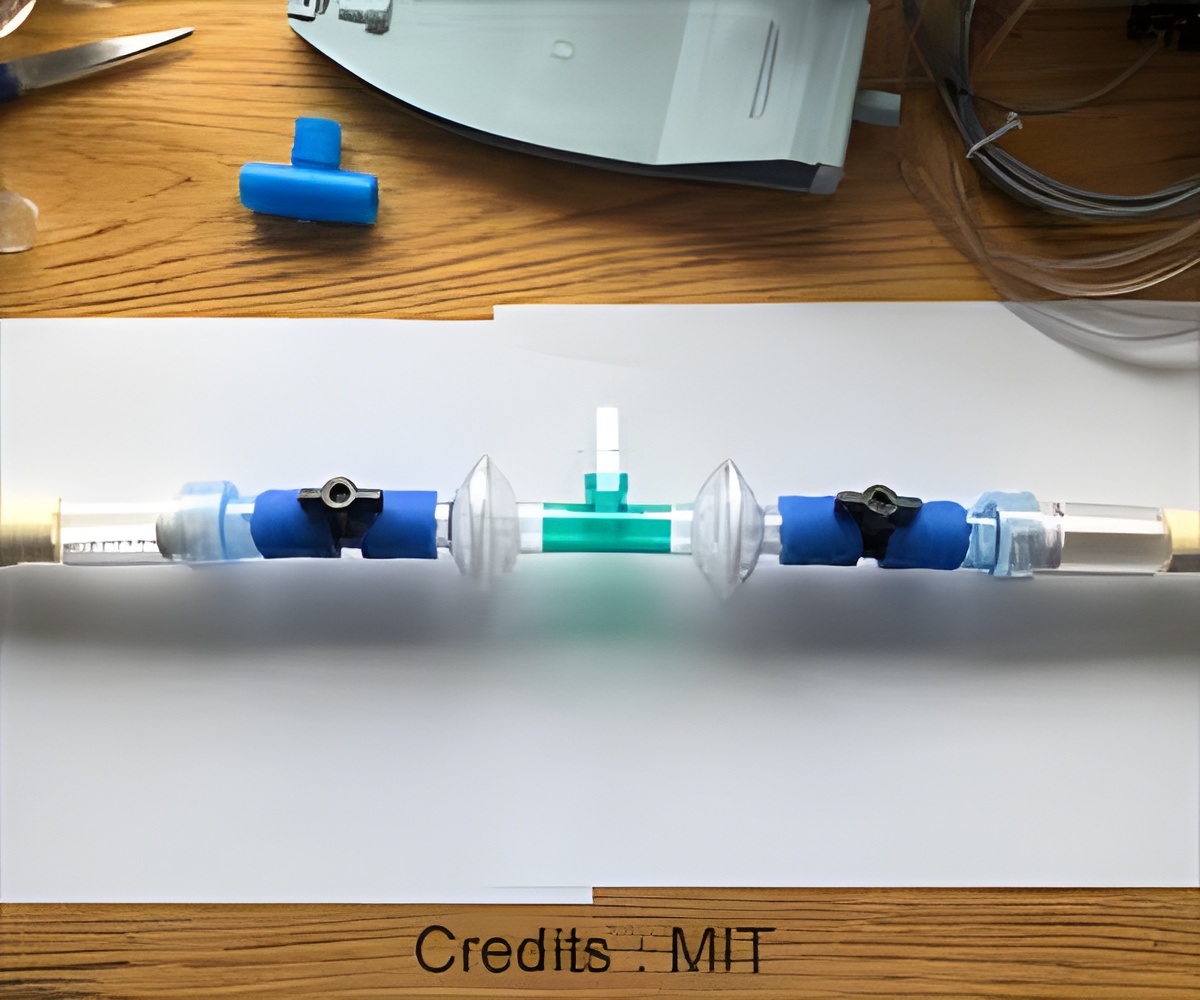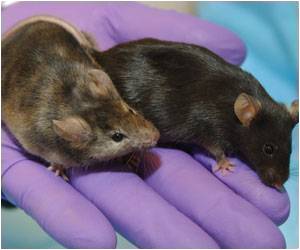Many ventilation systems in modern office buildings, which are designed to keep temperatures comfortable and enhance the energy efficiency, increases the risk of exposure to the coronavirus, says a new study.

‘Novel coronavirus spreads primarily through larger droplets and smaller aerosols, which are expelled when we cough, sneeze, laugh, talk or breathe. Evidences also show that indoor transmission is more common than outdoor transmission.’





The research has highlighted the importance of good ventilation and mask-wearing in keeping the contaminant concentration to a minimum level and hence reducing the risk of transmission of SARS-CoV-2."As winter approaches in the northern hemisphere and people start spending more time inside, understanding the role of ventilation is critical to estimating the risk of contracting the virus and helping slow its spread," said Professor Paul Linden from Cambridge's Department of Applied Mathematics and Theoretical Physics (DAMTP), who led the research.
The team revealed that airflow in rooms is complex and depends on the placement of vents, windows and doors, and on convective flows generated by heat emitted by people and equipment in a building.
Ventilation, whether driven by wind or heat generated within the building or by mechanical systems, work in one of two main modes: Mixing ventilation where vents are placed to keep the air in a space well mixed and displacement ventilation where vents are placed at the bottom and the top of a room, creating a cooler lower zone and a warmer upper zone.
The researchers explored a range of different modes of exhalation such as nasal breathing, speaking and laughing, each both with and without a mask. By imaging the heat along with the exhaled breath, they could document its movement through the space in each case.
Advertisement
Their results show that room flows can dramatically change depending on the movement of the occupants, the type of ventilation, the opening and closing of doors and, for naturally ventilated spaces, changes in outdoor conditions.
Advertisement
Masks work by stopping the breath's momentum. While pretty much all masks will have a certain amount of leakage through the top and sides, it doesn't matter that much, because slowing the momentum of any exhaled contaminants reduces the chance of any direct exchange of aerosols, according to the authors.
Masks avoid larger droplets particularly, a three-layered mask decreases the amount of those contaminants that are re-circulated through the room by ventilation.
The researchers reveal that laughing, in particular, creates a large disturbance, suggesting that if an infected person without a mask was laughing indoors, it would greatly increase the risk of transmission.
Source-Medindia












